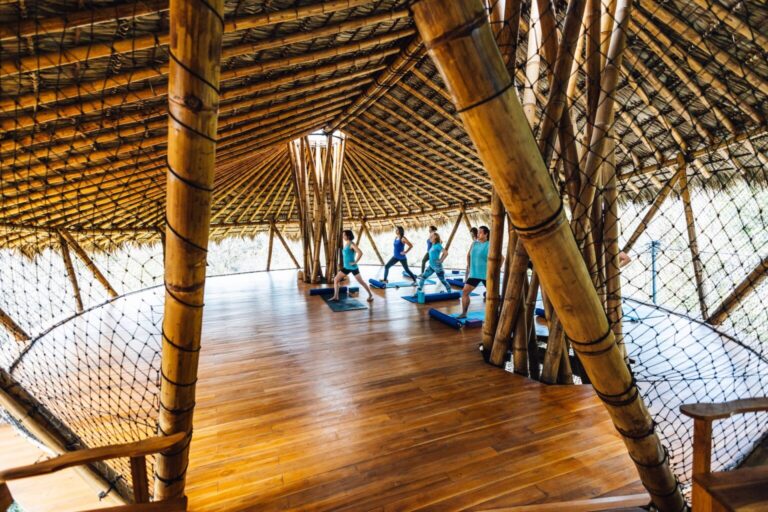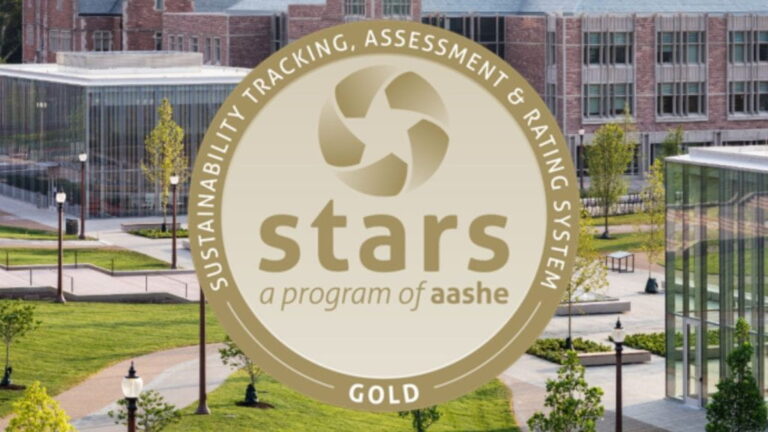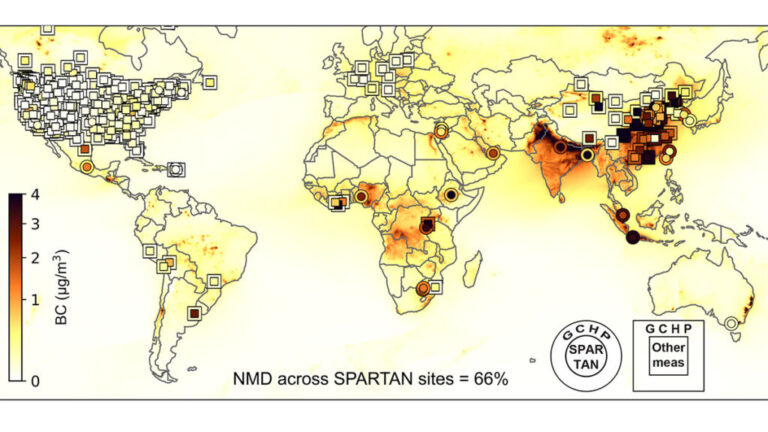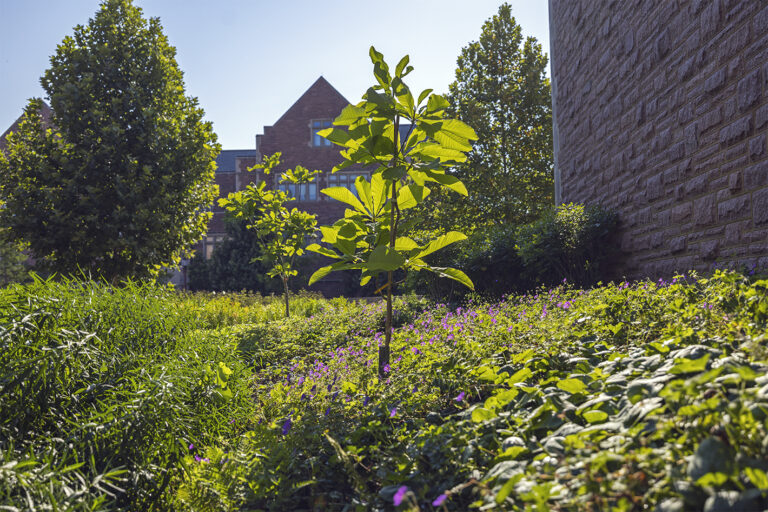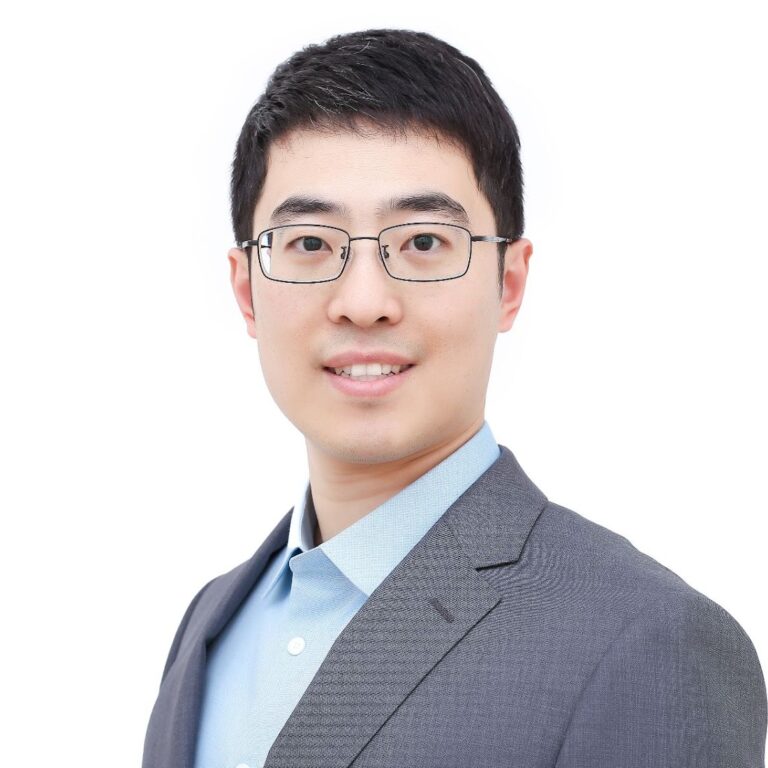A place to MELT
WashU connections abound at a restorative retreat in Playa El Coco, Nicaragua.
For healthier people and a healthier planet
Working in partnership with communities, WashU launches a new initiative to improve nutrition and health locally, nationally and globally.
The heaviness of water
As the western U.S. faces decreasing water supplies, WashU alumni are helping negotiate how this precious resource will be managed and shared in years to come.
WashU earns gold accreditation for sustainability
The Association for the Advancement of Sustainability in Higher Education (AASHE) has awarded Washington University in St. Louis Gold status accreditation.
Black carbon emissions underestimated in ‘global south’
Black carbon, the sooty byproduct of incomplete combustion of fossil fuels, has emerged as a major contributor to climate change and human health impacts.
Sun exposure changes chemical fate of littered face masks
The face masks worn and discarded during the COVID-19 pandemic have an uncertain fate.
WashU Arboretum wins national honor
On July 28, the National Association of College and University Business Officers recognized the WashU Arboretum as its 2025 Excellence in Sustainability Award recipient.
Biologist Zhong to study how plants deal with nutrient stress
Cultivated plants provide people with food, fuel and medicine. But crops also face many types of stresses that threaten their growth and yields.
Xu receives engineering early career award
Lu Xu, an assistant professor of energy, environmental and chemical engineering in the McKelvey School of Engineering at Washington University in St. Louis, has won the 2025 American Institute of Chemical Engineers Environmental Division Early Career Award.
Leaf-inspired design brings bioplastics to the big leagues
Society has long struggled with petroleum-derived plastic pollution, and awareness of microplastics’ detrimental effects on food and water supplies adds further pressure.
